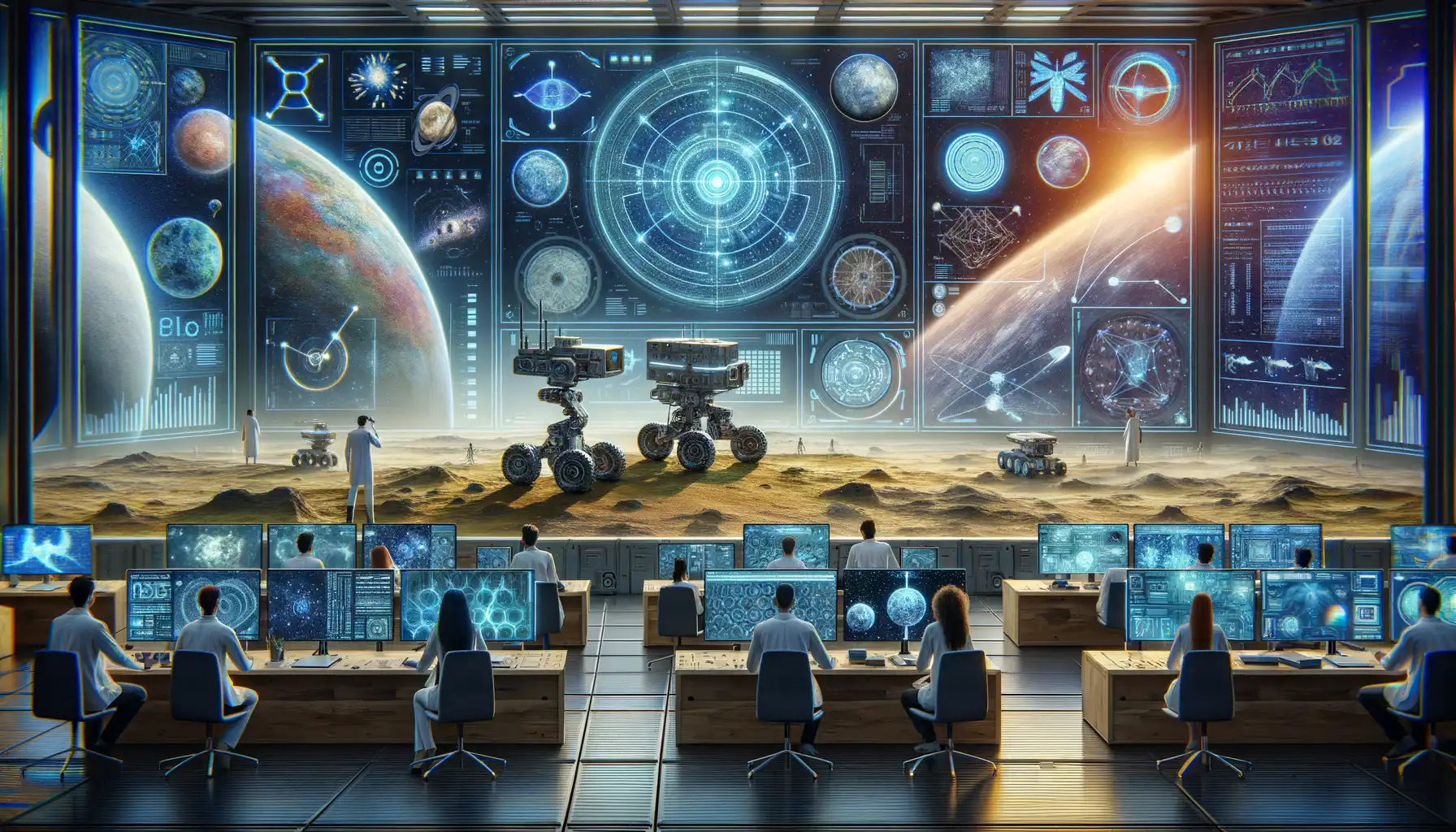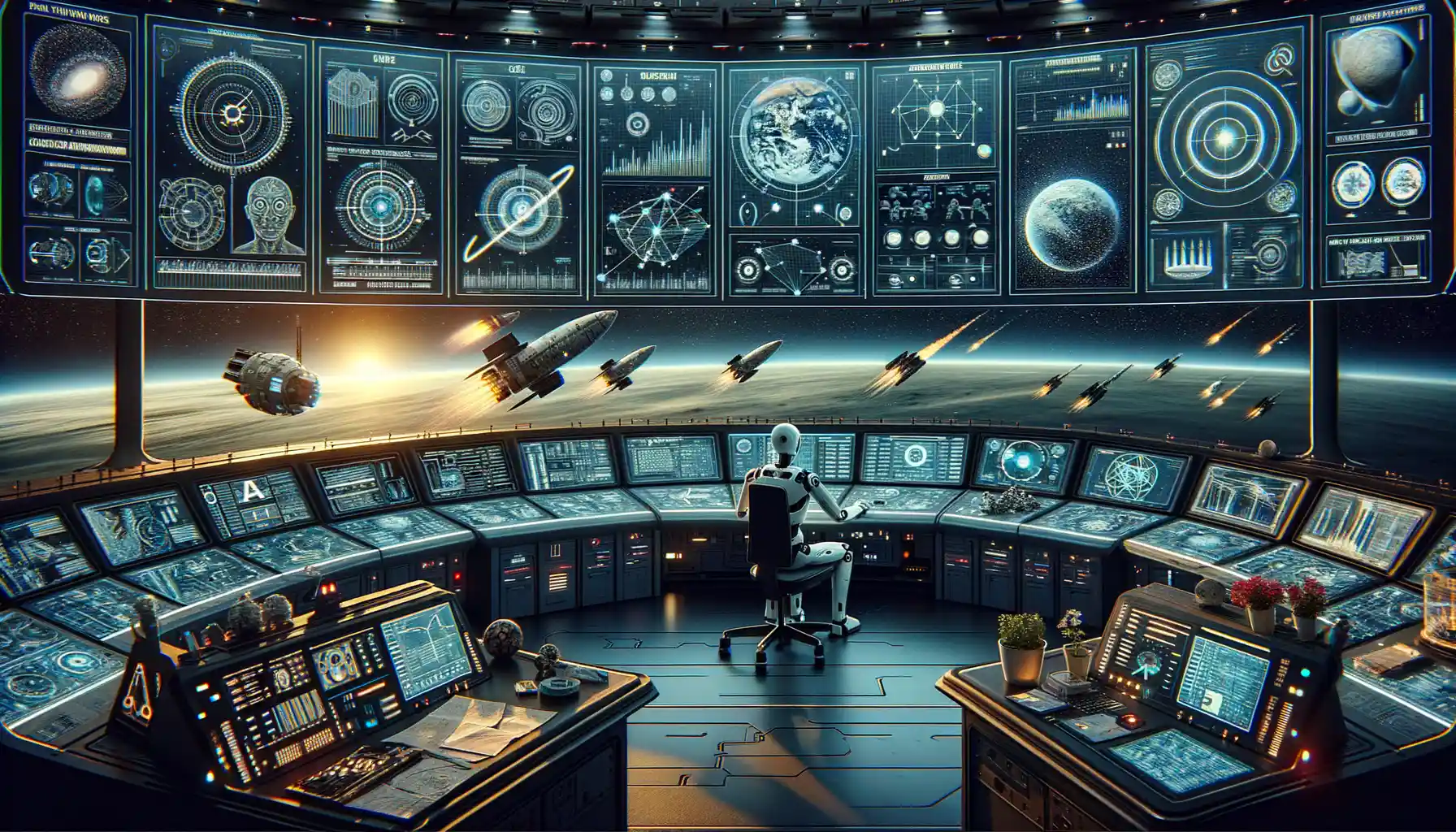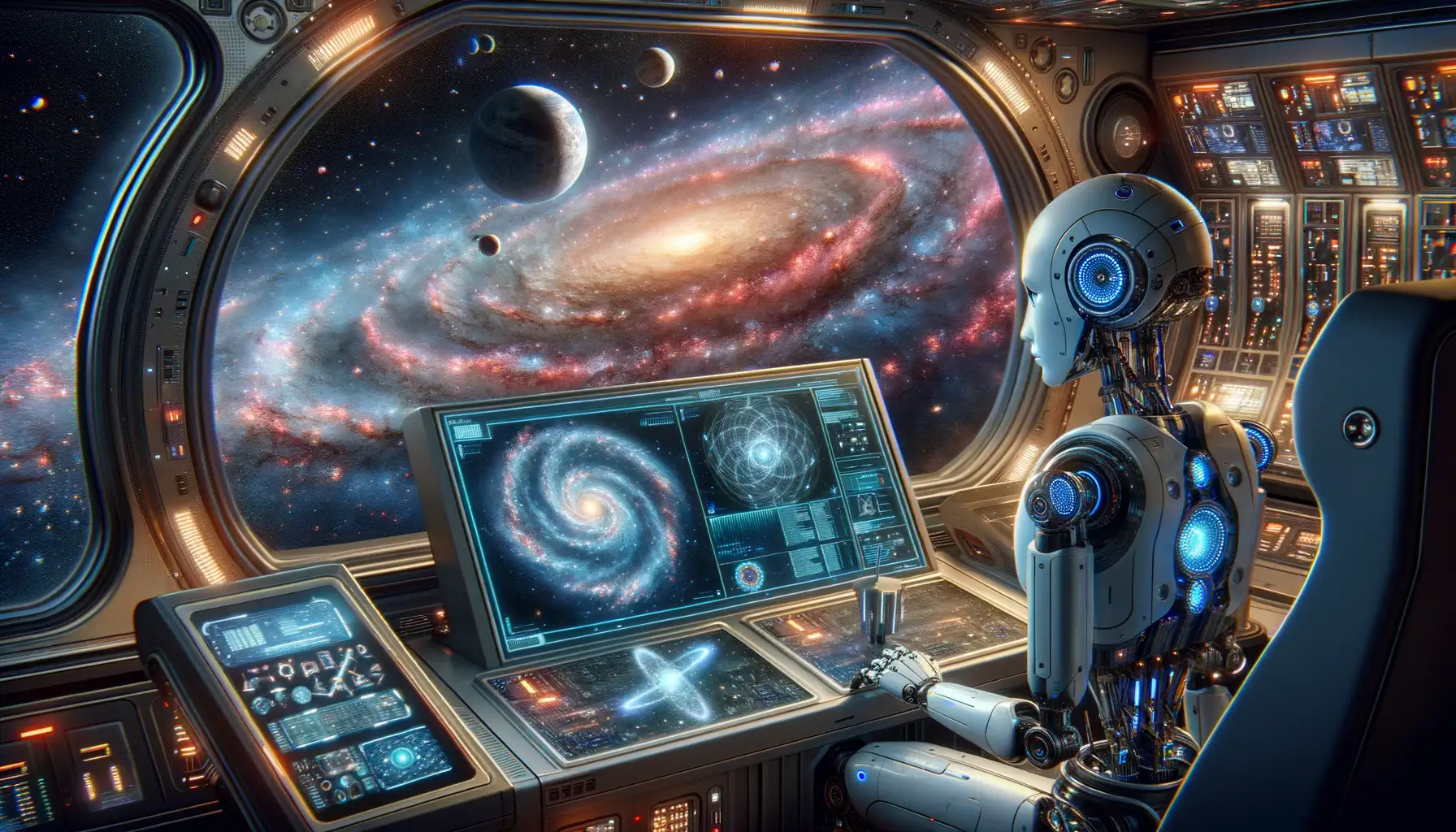How AI is Revolutionizing Space Missions
The Game-Changer: AI in Space Operations
Imagine launching a rocket into the vast unknown. Every second counts, every decision is critical, and mistakes? They can cost billions—or even lives. Enter AI, the ultimate co-pilot, transforming space missions into something out of science fiction.
Today, artificial intelligence doesn’t just support human decision-making; it predicts, learns, and adapts faster than we ever could. Picture this: a spacecraft detects a potential collision with space debris hurtling at 28,000 km/h. In milliseconds, AI-driven algorithms calculate alternative pathways, adjusting course with precision no human could match in real time.
Transforming Decisions One Data Point at a Time
Spacecraft systems now boast a kind of “sixth sense” thanks to machine learning. For example, AI engines onboard Mars rovers like Perseverance sift through mountains of data to decide which rocks might hold clues about ancient life. And let’s not forget satellite constellations—those dazzling formations above us use AI-powered solutions to maintain their orbital choreography without colliding.
Here’s a glimpse into what AI handles during space missions:
- Spotting anomalies or malfunctions before they escalate into emergencies.
- Optimizing fuel consumption for extended missions.
- Analyzing planetary landscapes to determine landing spots or escape routes.
It’s as if we’ve handed space explorers a crystal ball—but instead of gazing into it, the ball calculates, learns, and acts on the future.
Key Applications of AI in Space Exploration

AI Piloting Spacecraft and Rover Operations
Imagine a spacecraft that can think on its feet—or rather, in the vacuum of space. That’s exactly what AI offers. One fascinating example is NASA’s Perseverance rover, currently scouting Mars. Thanks to AI, this little robot doesn’t constantly rely on Earth for guidance. It navigates rocky terrain, identifies intriguing rock formations, and snaps selfies—all while making split-second decisions. In deep space, where humans can’t micromanage every move due to communication delays, AI becomes the ultimate co-pilot.
But it doesn’t stop there. Autonomous systems also help in managing entire spacecraft. From fine-tuning orbital paths to dodging space debris, AI ensures missions don’t stumble over unpredictable hurdles. Think of it as your mission’s behind-the-scenes maestro, quietly orchestrating success.
Data Analysis: Finding Needles in Cosmic Haystacks
Space generates colossal amounts of data—terabytes, even petabytes, every day. Here’s where AI flexes its data-crunching muscles. Remember the 2017 discovery of exoplanet Kepler-90i? AI algorithms combed through endless streams of telescope data, uncovering this hidden world orbiting a distant star.
This isn’t limited to just planet hunting. AI helps astronomers:
- Analyze star light patterns for signs of new planets.
- Detect gravitational waves from cosmic collisions.
- Map out entire galaxies with stunning precision.
In short, it turns chaos into clarity; it’s like having a cosmic detective with an unrelenting eye for detail.
Challenges and Limitations of AI in Space

The Fragile Balance Between Brilliance and Flaws
Space exploration demands perfection, but even the most advanced AI isn’t immune to stumbling. Imagine a machine trained for Earthly perfection suddenly faced with the unpredictable chaos of space. Deep learning algorithms, often praised as cutting-edge geniuses, can falter when exposed to cosmic radiation that scrambles their circuits. It’s as if a virtuoso pianist is handed a keyboard missing half its keys—impressive skills rendered useless.
One limitation? AI thrives on data, and in space, data is rare, expensive, and painfully slow to transmit across the vast silent void. Real-time decision-making is a Herculean task when delays stretch across hours—Mars alone introduces up to a 20-minute lag!
When Machines Aren’t Enough
AI may seem like sci-fi magic, but it’s not immune to oversights. For instance:
- Biases: Systems trained on Earth-based data may misinterpret alien terrains or phenomena.
- Autonomy issues: An AI navigating icy moons might fail to adapt when unforeseen obstacles (think geysers or fissures) emerge.
The harsh truth? Space doesn’t forgive. A single software glitch or hardware malfunction could mean the end of a billion-dollar mission. How’s that for pressure?
The Role of AI in the Search for Extraterrestrial Life

Bringing Cosmic Eavesdropping to the Next Level
Imagine you’re standing under a night sky, gazing up at billions of stars. Somewhere out there, a faint signal might be trying to reach us—like cosmic whispers cutting through the void. But how do we make sense of such tiny, elusive signs? Enter AI-powered tools, humanity’s sharpest ears in this universal game of hide-and-seek.
AI doesn’t just listen; it analyzes at breathtaking speeds. Algorithms can sift through *terabytes* of data from radio telescopes, such as those from projects like SETI (Search for Extraterrestrial Intelligence). Instead of humans manually combing through noise, AI hunts for patterns that could indicate an artificial signal or an anomaly worth investigating. We’re talking about distinguishing structured signals from the regular hum of stars—an almost impossible task without AI’s precision.
- Deep learning models spot disturbances that traditional methods overlook.
- AI filters false alarms caused by earthly interference (think passing satellites or mobile networks).
This is no ordinary tech; it’s our ultimate decoder ring for interstellar mysteries. With every analyzed byte, AI nudges us closer to answering the age-old question: Are we alone?
Future Perspectives and Innovations in AI for Space Exploration

AI-Powered Spacecraft of the Future
Picture this: a spacecraft that feels less like a machine and more like an intuitive explorer. That’s what the **future of AI** in space exploration holds. These aren’t just tools anymore; they’re partners in discovery. Imagine **autonomous spacecraft** navigating the icy oceans of Europa, adapting to harsh conditions in real time—no human intervention needed.
AI could transform how we build, operate, and dream about missions. How? By integrating:
- Self-repairing systems capable of detecting damage and fixing it without a single radio call home.
- Next-gen decision-making algorithms that learn from their environment and tweak their approach on the go.
- Hyper-accurate mapping for distant stars and galaxies, performed while cruising light-years away from Earth.
The Rise of Swarm Intelligence
What if space probes didn’t work alone? Enter **swarm intelligence**. Picture hundreds of micro-drones, each equipped with its own AI, collaborating as a synchronized network. They could explore asteroid fields, map alien terrains, or even assemble structures in orbit like tiny robotic architects.
These AI “swarms” wouldn’t bicker like humans; instead, they’d adapt to challenges collectively. For instance, when facing a meteor shower, part of the group might form a protective shield, while others continue the mission. This **hive-mind agility** could redefine how we conquer hostile environments far beyond our reach.
